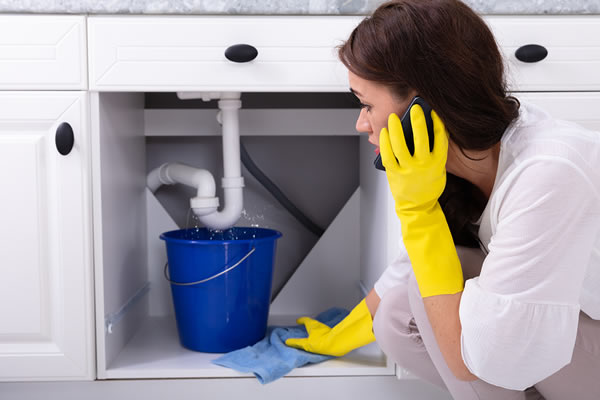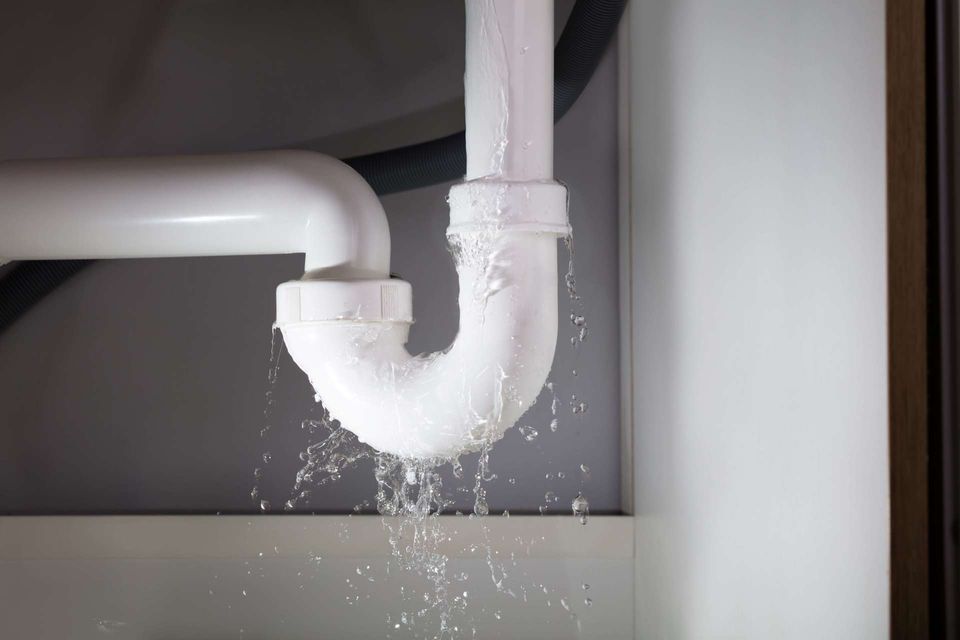Just how to Examine If Your House Has a Concealed Leak
Just how to Examine If Your House Has a Concealed Leak
Blog Article
The article listed below on the subject of Locating water leaks is exceptionally engaging. Have a go and draw your own personal assumptions.

Early detection of dripping water lines can reduce a possible calamity. Some little water leakages may not be noticeable.
1. Check Out the Water Meter
Inspecting it is a guaranteed means that helps you discover leaks. If it moves, that indicates a fast-moving leak. This implies you may have a sluggish leak that might even be below ground.
2. Inspect Water Usage
Analyze your water costs and also track your water intake. As the one paying it, you need to notice if there are any discrepancies. If you spot sudden changes, despite your intake coinciding, it suggests that you have leakages in your plumbing system. Bear in mind, your water costs need to drop under the exact same variety each month. An unexpected spike in your expense suggests a fast-moving leak.
Meanwhile, a steady rise on a monthly basis, despite the same habits, reveals you have a sluggish leak that's additionally gradually intensifying. Call a plumber to completely check your residential or commercial property, specifically if you really feel a warm location on your floor with piping below.
3. Do a Food Coloring Test
30% comes from commodes when it comes to water consumption. Examination to see if they are running correctly. Decline specks of food shade in the storage tank and also wait 10 minutes. There's a leak in between the tank and also bowl if the shade somehow infiltrates your bowl throughout that time without flushing.
4. Asses Exterior Lines
Do not forget to examine your outdoor water lines as well. Needs to water seep out of the connection, you have a loose rubber gasket. One small leakage can throw away tons of water as well as spike your water expense.
5. Analyze the scenario as well as evaluate
Homeowners must make it a behavior to inspect under the sink counters as well as also inside closets for any kind of bad odor or mold development. These 2 red flags indicate a leak so punctual attention is needed. Doing routine assessments, even bi-annually, can save you from a significant issue.
Check for stainings as well as weakening as the majority of pipes as well as appliances have a life expectations. If you presume dripping water lines in your plumbing system, do not wait for it to escalate.
Early detection of leaking water lines can reduce a possible catastrophe. Some tiny water leaks may not be visible. Checking it is a guaranteed way that assists you discover leaks. One small leakage can throw away tons of water as well as increase your water costs.
If you suspect leaking water lines in your plumbing system, do not wait for it to rise.
WARNING SIGNS OF WATER LEAKAGE BEHIND THE WALL
PERSISTENT MUSTY ODORS
As water slowly drips from a leaky pipe inside the wall, flooring and sheetrock stay damp and develop an odor similar to wet cardboard. It generates a musty smell that can help you find hidden leaks.
MOLD IN UNUSUAL AREAS
Mold usually grows in wet areas like kitchens, baths and laundry rooms. If you spot the stuff on walls or baseboards in other rooms of the house, it’s a good indicator of undetected water leaks.
STAINS THAT GROW
When mold thrives around a leaky pipe, it sometimes takes hold on the inside surface of the affected wall. A growing stain on otherwise clean sheetrock is often your sign of a hidden plumbing problem.
PEELING OR BUBBLING WALLPAPER / PAINT
This clue is easy to miss in rooms that don’t get much use. When you see wallpaper separating along seams or paint bubbling or flaking off the wall, blame sheetrock that stays wet because of an undetected leak.
BUCKLED CEILINGS AND STAINED FLOORS
If ceilings or floors in bathrooms, kitchens or laundry areas develop structural problems, don’t rule out constant damp inside the walls. Wet sheetrock can affect adjacent framing, flooring and ceilings.
https://www.servicemasterbyzaba.com/blog/how-to-detect-water-leakage-in-walls/

As a serious reader about Top leak detection hacks, I was thinking sharing that excerpt was essential. Feel free to take the time to promote this blog post if you appreciated it. Thanks a bunch for your time. Don't forget to come visit our site back soon.
Report this page